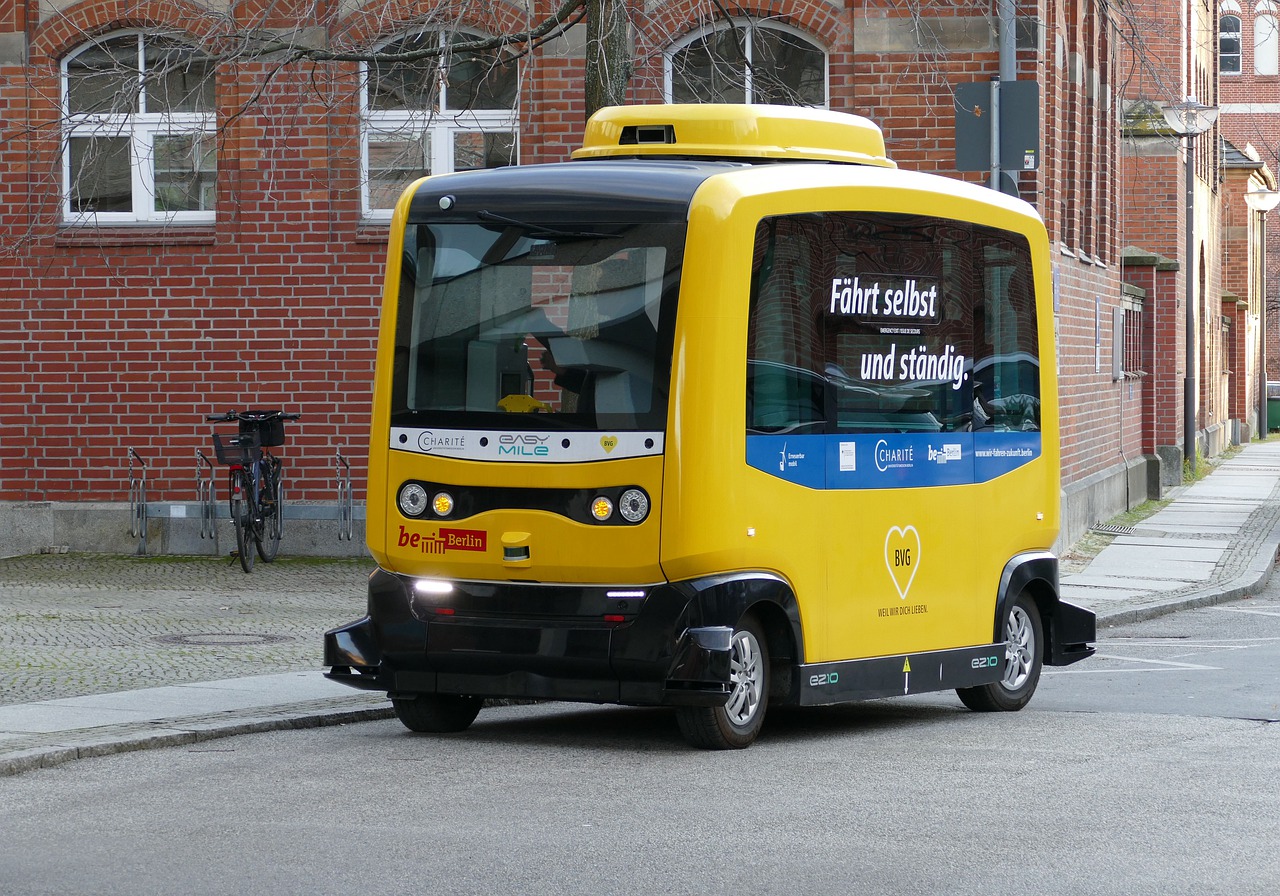This post is also available in:
 עברית (Hebrew)
עברית (Hebrew)
While many cars on the road today already have some elements of autonomous assistance, such as enhanced cruise control and automatic lane-centering, the real race is to create a car that drives itself with no input or responsibility from a human driver. In order to do this cars will need more than just cameras and radar — they will need lidar – Light Detection and Ranging systems that would enable vehicles to ‘see’ in real-time, phones to map three-dimensional images and enhancing augmented reality in video games.
It is a remote sensing method that uses laser beams, pulses of invisible light, to measure distances.
However, these 3-D imaging systems can be bulky, expensive and hard to shrink down to the size needed for these up-and-coming applications. University of Colorado Boulder researchers have developed a flat little chip solution that improves the resolution and scanning speed needed for a lidar system.
Current commercial lidar systems use large, rotating mirrors to steer the laser beam and thereby create a 3-D image. For the past three years, Nathan Dostart and his colleagues have been working on a new way of steering laser beams called wavelength steering — where each wavelength, or “color,” of the laser is pointed to a unique angle.
They’ve not only developed a way to do a version of this along two dimensions simultaneously, instead of only one, they’ve done it with color, using a “rainbow” pattern to take 3-D images, according to sciencedaily.com.
The research team’s new finding is an important advancement in silicon chip technology for use in lidar systems. The simpler and smaller that these silicon chips can be made — while retaining high resolution and accuracy in their imaging — the more technologies they can be applied to, including self-driving cars and smartphones.
Rumor has it that the upcoming iPhone 12 will incorporate a lidar camera, like that currently in the iPad Pro. This technology could not only improve its facial recognition security, but one day assist in creating climbing route maps, measuring distances and even identifying animal tracks or plants, according to sciencedaily.com.
“We’re proposing a scalable approach to lidar using chip technology. And this is the first step, the first building block of that approach,” said Dostart. “There’s still a long way to go.”
The paper was published in Optica.


























